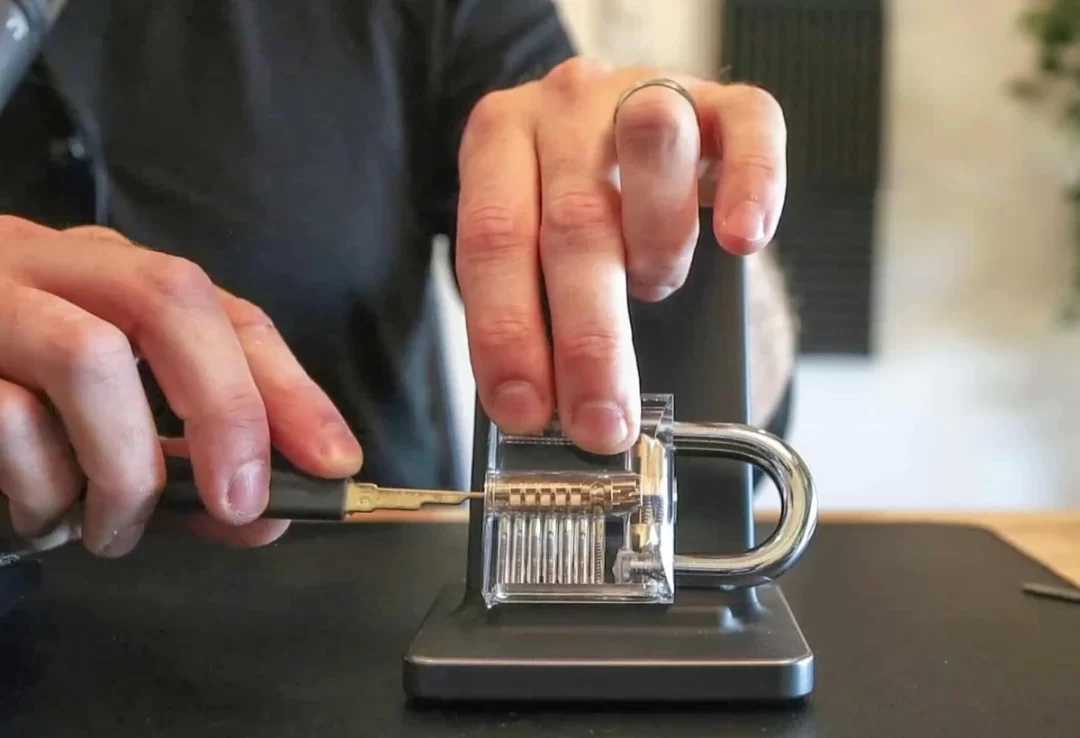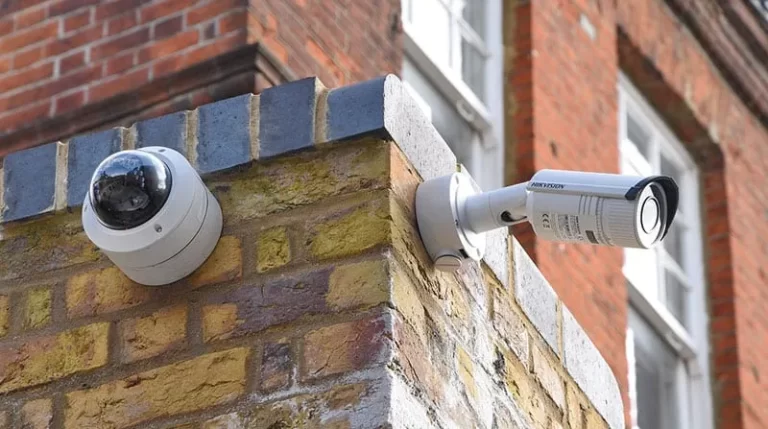Does Lockpicking Destroy a Lock?
Lockpicking can be a valuable skill for locksmiths, security professionals, and enthusiasts interested in understanding the inner workings of locks. However, a common question that arises is whether lockpicking can cause damage to the lock itself. In this article, we will delve into the topic of lockpicking and explore whether or not it can actually destroy a lock.
How Does Lockpicking Work?

Before we dive into the impact of lockpicking on locks, let’s first understand how lockpicking works. Lockpicking involves using various tools, such as picks and tension wrenches, to manipulate the pins or tumblers inside a lock.
The goal is to align the pins at the sheer line, allowing the lock cylinder to rotate freely and unlock the lock. It requires skill, patience, and a good understanding of lock mechanisms.
Does Lockpicking Cause Damage to Locks?
One might assume that lockpicking would inherently damage a lock, given the nature of manipulating its internal components.
However, when performed by a skilled individual using the correct techniques and tools, lockpicking does not cause any significant damage to the lock itself.
The reason for this lies in the design of most locks. Lock manufacturers understand that locks may need to be opened without the original key in certain situations, such as when someone loses their keys or during lockouts.
As a result, locks are designed to withstand a reasonable amount of manipulation without being damaged.
While it is true that inexperienced or unskilled individuals attempting to pick a lock may inadvertently cause damage, this is more likely due to their lack of knowledge and improper technique rather than the act of lockpicking itself.
When performed correctly, lockpicking can be a non-destructive method of gaining access to a locked space.
What Are the Risks of Lockpicking?

Although lockpicking does not inherently destroy locks when done correctly, there are still risks associated with the practice. One of the primary risks is the potential for voiding any warranty or insurance coverage on the lock.
Some manufacturers consider lockpicking as evidence of forced entry and may invalidate any warranties or insurance claims.
Additionally, unauthorized lockpicking can be illegal in certain contexts. It is essential to understand and adhere to the laws and regulations regarding lockpicking in your jurisdiction.
Lockpicking should only be performed on locks that you own or have explicit permission to pick.
Can Lockpicking Leave Traces?

Lockpicking, when done correctly, usually does not leave any visible traces on the lock. Skilled lockpickers are trained to manipulate the internal components without causing any noticeable damage.
This is important for situations where the lock needs to be relocked and appear untouched after being picked.
However, it is worth noting that some high-security locks, such as those found in government facilities or high-value assets, may be designed to detect tampering.
These locks may have additional security measures, such as anti-picking pins or sensors, which can leave evidence of tampering if manipulated. In such cases, lockpicking attempts may be detected, even if no visible damage is done to the lock.
Conclusion
In conclusion, lockpicking, when performed by a skilled individual using the correct techniques and tools, does not destroy a lock. Locks are designed to withstand a reasonable amount of manipulation without being damaged.
However, there are risks associated with lockpicking, such as voiding warranties and potential legal issues. It is crucial to approach lockpicking responsibly and with proper authorization.
Always remember to stay within the legal boundaries and seek professional help when needed.
READ ALSO!!!





